Ratscoin Version Checker
Which Ratscoin Are You Dealing With?
The Ratscoin name is used by two completely different tokens on separate blockchains. This tool helps you identify which version you're interacting with to avoid costly mistakes.
Quick Takeaways
- Ratscoin (RATS) exists as two separate tokens - a BRC‑20 meme on Bitcoin and an ERC‑20 reflection token on Ethereum.
- The Bitcoin version rides the ordinals hype and needs a wallet that supports inscriptions, such as Unisat.
- The Ethereum version automatically redistributes 2 % of every transaction to holders, but its utility is limited.
- Market data for both versions is wildly inconsistent across CoinGecko, CoinMarketCap, CoinPaprika and other aggregators.
- Because of the naming clash, investors often buy the wrong version and lose money.
What Is Ratscoin (RATS)?
When you search for "RATS" you’ll see two very different projects sharing the same ticker. The first is a BRC‑20 Ratscoin a meme‑style token inscribed on the Bitcoin blockchain. The second is an ERC‑20 Ratscoin a hyper‑deflationary token on Ethereum that uses a 2 % reflection fee. Both market themselves as "RATS" but they live on completely different networks, have different supply numbers, and attract different kinds of traders.
The BRC‑20 Version: Bitcoin’s Meme Playground
The Bitcoin‑based iteration launched in early 2023 on the Unisat platform a wallet that supports Bitcoin Ordinals and BRC‑20 inscriptions. It follows the BRC‑20 protocol, which lets developers create tokens by embedding JSON data into a Bitcoin transaction (an "inscription"). Because Bitcoin does not have smart contracts, BRC‑20 tokens are purely data‑driven and can’t execute complex logic.
Key specs of the Bitcoin version:
- Network: Bitcoin (BRC‑20)
- Launch: 2023, animal‑themed meme wave
- Total supply: Not fixed by the protocol - supply is defined in the inscription metadata.
- Typical wallet: Unisat, Hiro, or any compatible Ordinals‑aware wallet.
- Core use case: Speculative trading during the ordinals boom.
During the peak of the ordinals hype, BRC‑20 RATS spiked from $0.00000244 to $0.00007299 - a 2,000 % jump in a few weeks. However, absolute dollar value remained tiny, and trading volume collapsed by more than 90 % after September 2023.
The ERC‑20 Version: Ethereum’s Reflection Token
The Ethereum implementation arrived later in 2023 under the name RATSCOIN a token that redistributes a portion of each transaction to existing holders. It follows the ERC‑20 standard, so it works with any Ethereum‑compatible wallet like MetaMask, Trust Wallet or Ledger.
Technical highlights:
- Network: Ethereum (ERC‑20)
- Total supply: 1 trillion (1,000,000,000,000) tokens, according to Holder.io.
- Transaction tax: 2 % automatically reflected to all holders (often called a "reflection" or "static reward" mechanism).
- Supply model: Hyper‑deflationary - tokens are burned via the tax, slowly reducing circulating supply.
- Core promise: "Simply love, pet, and hold" - holders earn passive RATS whenever anyone else trades.
Reflection tokens like SafeMoon became popular in 2021-2022, but most have lost community interest. RATSCOIN’s market cap is listed as $0 on some sites, while others claim a fully‑diluted valuation of $22.1 million - a clear sign of data inconsistency.
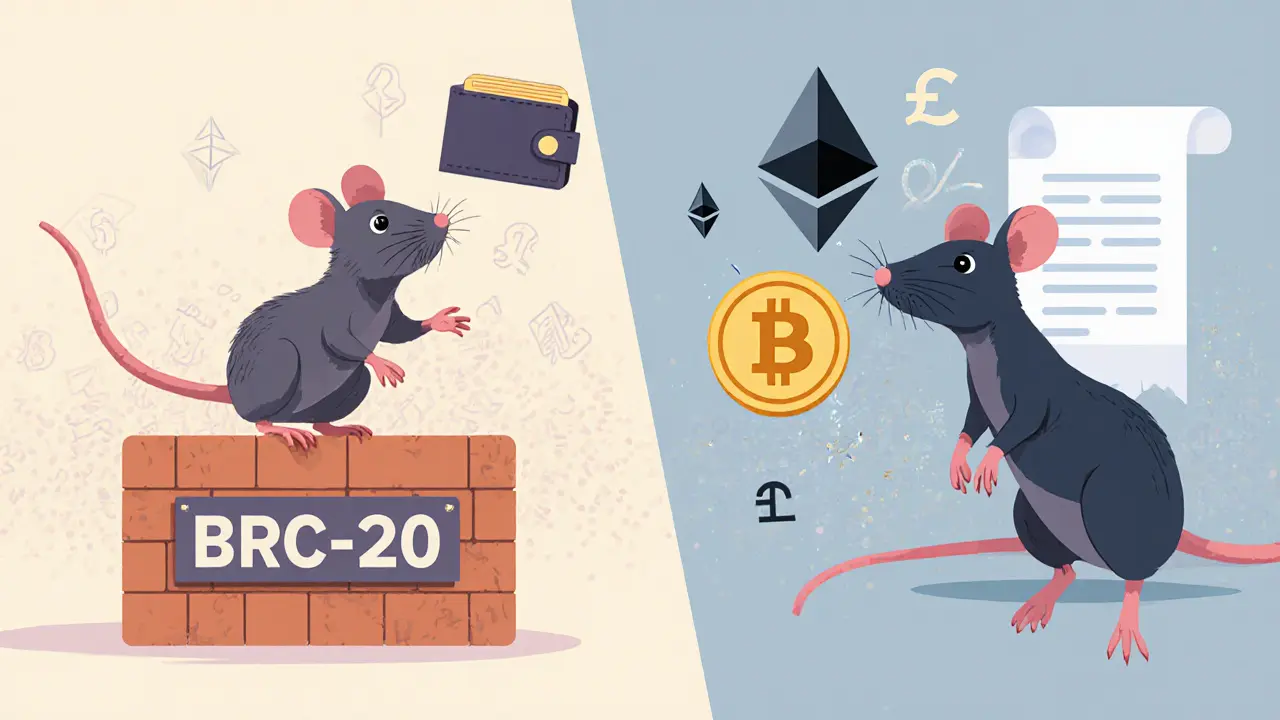
Side‑by‑Side Comparison
| Feature | Bitcoin BRC‑20 RATS | Ethereum ERC‑20 RATSCOIN |
|---|---|---|
| Blockchain | Bitcoin (BRC‑20) | Ethereum (ERC‑20) |
| Launch year | 2023 | 2023 |
| Total supply | Defined in inscription (no fixed cap) | 1 trillion tokens |
| Wallet requirement | Unisat or other Ordinals‑compatible wallet | MetaMask, Trust Wallet, Ledger, etc. |
| Core mechanic | Meme speculation on Bitcoin ordinals | 2 % reflection fee redistributed to holders |
| Typical price (Oct 2023) | $0.000003 - $0.000073 (highly volatile) | $0.000022 (FDV $22.1 M) or $0.000000 on other sites |
| Volume (Oct 2023) | $79.65 - $2.3 M (peak), then $147 k daily | $12.9 M (Holder.io) vs $79.65 (CoinPaprika) |
| Community sentiment | Mixed - hype‑driven but small holder base | Low activity, many complaints of token confusion |
Why the Data Is All Over the Place
Aggregation sites pull information from different APIs. Because the two RATS tokens have separate contract addresses (Ethereum) or no address at all (Bitcoin), some sites conflate the numbers, while others list only one version. For example:
- CoinGecko shows RATS at rank #6973 with virtually no market cap.
- CoinPaprika places it at #10040 and reports $0 market cap.
- Holder.io lists a fully‑diluted valuation of $22.1 million and a 12.9 million daily volume.
This inconsistency makes it hard for a casual investor to know which price they’re actually seeing.
Red Flags & Risks
Both implementations share several warning signs that seasoned traders watch out for:
- Naming clash - the same ticker on two chains leads to accidental purchases and lost funds.
- Low transparency - no clear team, no audited code for the BRC‑20 version, and the ERC‑20 contract source is often unverified.
- Speculative hype - price moves are tied to social media buzz rather than real utility.
- Potential regulatory scrutiny - the reflection mechanism can be seen as a security under the Howey Test, especially on Ethereum.
- Liquidity risk - thin order books on DEXes mean large trades can cause massive slippage.
CryptoSlate and CoinDesk both label RATS as a high‑risk meme token with a viability rating below 3 out of 10.
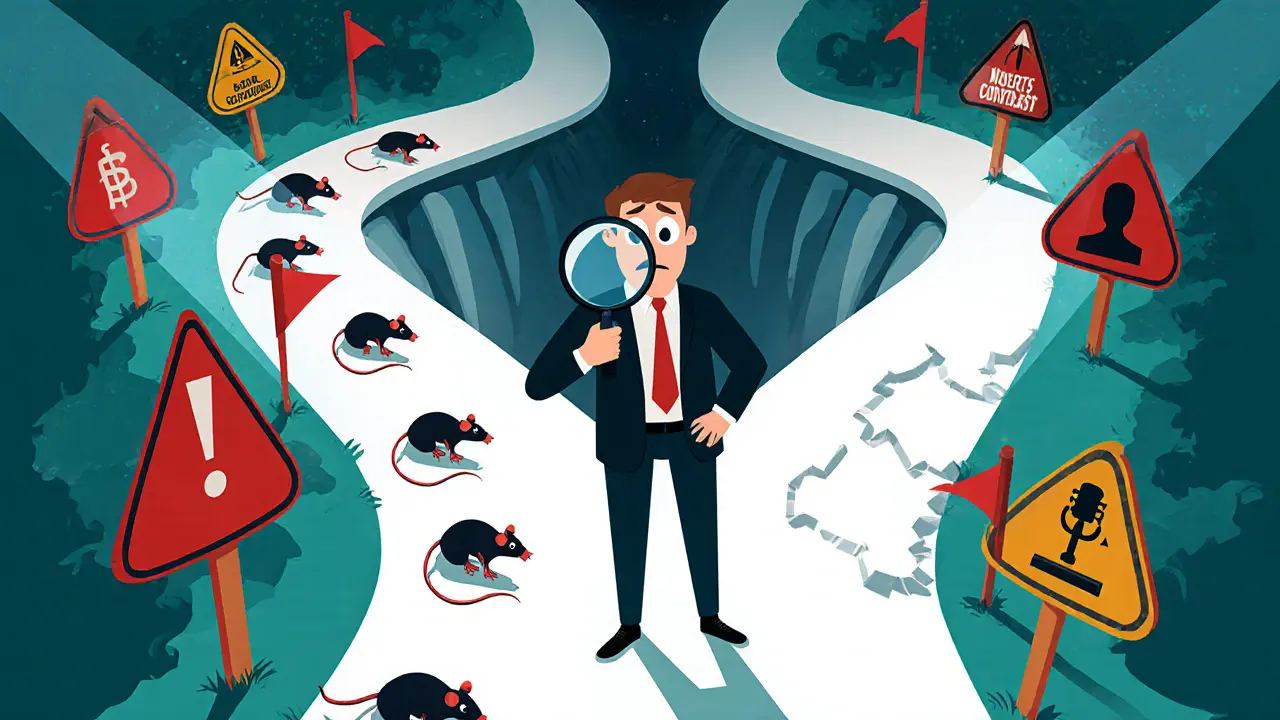
How to Verify Which RATS You’re Buying
Follow these steps before you click “Buy” on any exchange:
- Check the blockchain explorer. For Ethereum, go to Etherscan and paste the contract address (e.g.,
0x…- the exact address is listed on the official Telegram channel). For Bitcoin, look for the inscription ID on Ordinal Explorer. - Confirm the wallet type. If the token requires an inscription, you must use a Bitcoin wallet that supports ordinals; otherwise you’ll end up sending ETH to a Bitcoin address.
- Compare the price on at least two aggregators. If one shows $0.000022 and another shows $0.000000, you’re likely looking at two different tokens.
- Read the community channels. The BRC‑20 project talks about “ordinals” while the ERC‑20 community mentions “reflection” and “2 % tax”.
- Never trust a generic “RATS” entry on a centralized exchange without a contract address or inscription reference.
Getting Started (If You Still Want to Trade)
Assuming you’ve done your homework and decided which version you prefer:
- Bitcoin BRC‑20: Install Unisat Wallet, fund it with BTC, locate the RATS inscription ID, and use a DEX like OrdiSwap (or the Unisat UI) to swap for RATS.
- Ethereum ERC‑20: Add the contract address to MetaMask, acquire ETH for gas, then trade on PancakeSwap, Uniswap or any platform that lists RATSCOIN.
Remember to set a small slippage tolerance (0.5 % - 1 %) because the token’s liquidity is thin.
Bottom Line
Ratscoin isn’t a single, unified cryptocurrency - it’s two separate tokens fighting for the same shorthand. The Bitcoin version is a short‑lived meme tied to ordinals hype; the Ethereum version is a reflection token that offers passive rewards but no real utility. Both suffer from data chaos, low transparency, and a high risk of losing money if you mix them up. If you’re new to crypto, steer clear until you fully understand the differences between BRC‑20 and ERC‑20 and have verified the exact contract or inscription you’re dealing with.
Frequently Asked Questions
Is Ratscoin a scam?
Both versions show red flags typical of meme tokens: anonymous teams, unverified contracts, and extreme price volatility. While not all holders lose money, the risk of loss is high, especially if you buy the wrong chain version.
How can I tell the Bitcoin RATS from the Ethereum RATS?
Bitcoin RATS is a BRC‑20 inscription with no contract address; you trade it via Unisat or other Ordinals‑compatible wallets. Ethereum RATSCOIN is an ERC‑20 token with a specific contract address (check Etherscan) and works in MetaMask, Trust Wallet, etc.
What is the 2 % reflection fee?
Every time someone transfers RATSCOIN on Ethereum, 2 % of the amount is automatically taken and redistributed to all existing holders. This occurs at the smart‑contract level; you don’t need to claim anything.
Where can I find the latest price for each version?
Use a blockchain‑specific aggregator: for BRC‑20 look at Ordinals Explorer or DEXTools’ Bitcoin tab; for ERC‑20 check Etherscan’s token page or Holder.io. Cross‑check with CoinGecko and CoinPaprika to spot mismatches.
Is there any roadmap for Ratscoin?
No official roadmap has been published for either version. GitHub activity is minimal, and community channels focus mostly on hype rather than development milestones.
- Poplular Tags
- Ratscoin
- RATS token
- BRC-20
- ERC-20
- crypto meme token







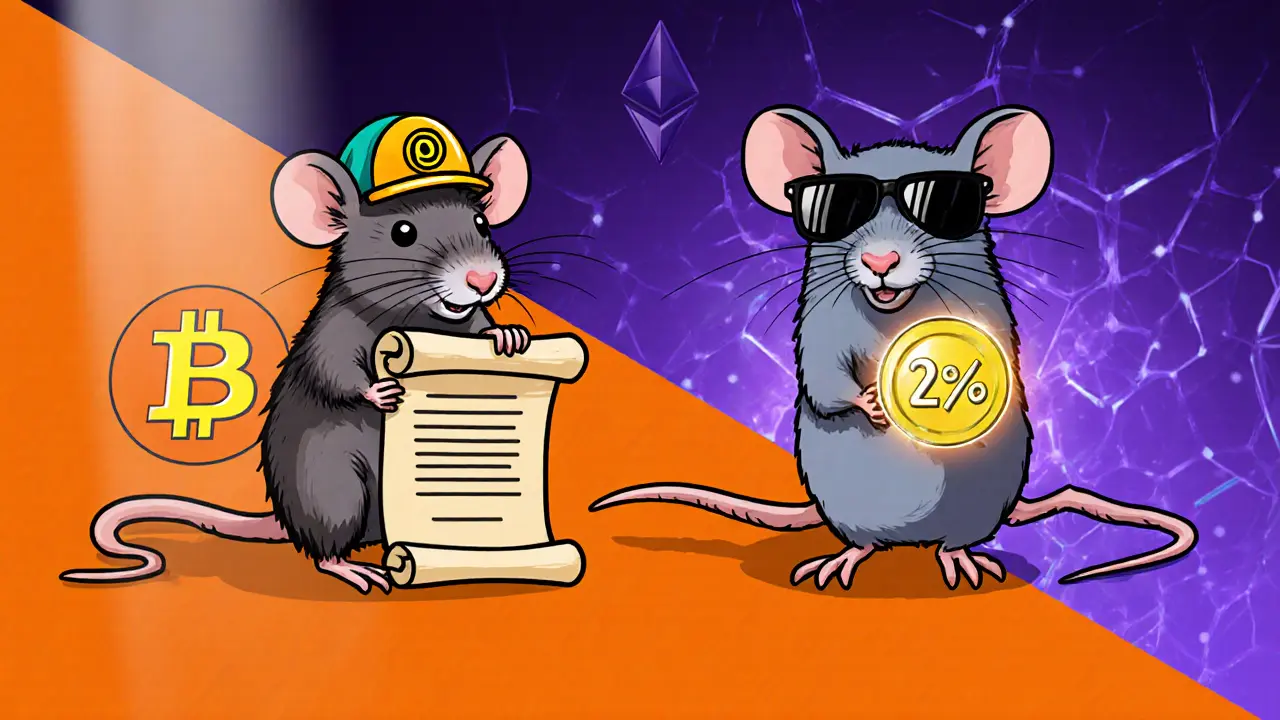
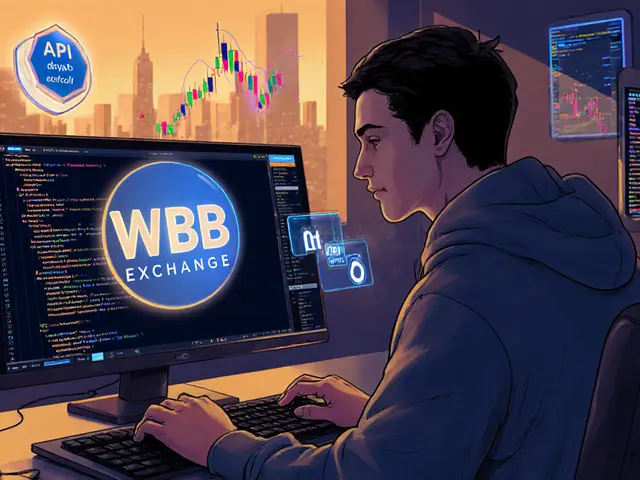
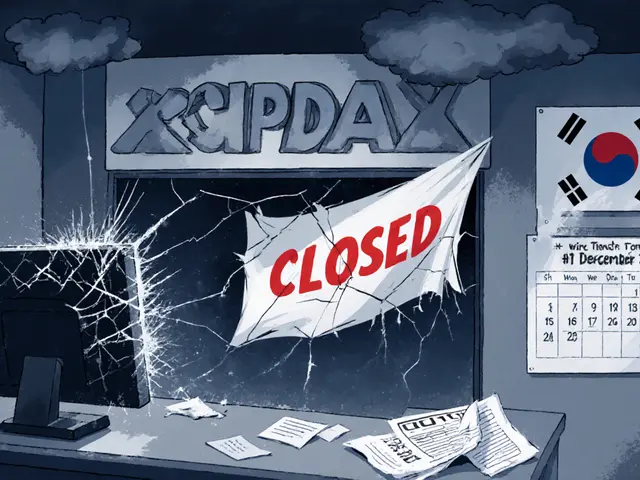
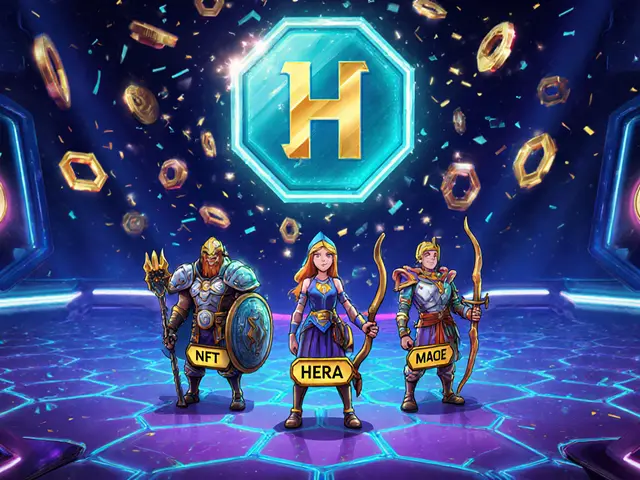
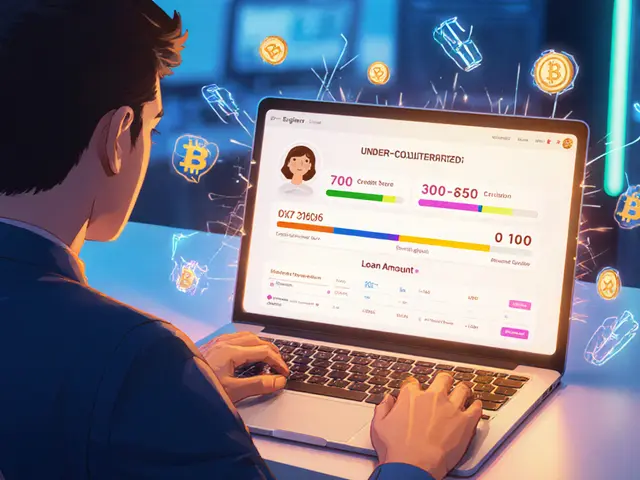
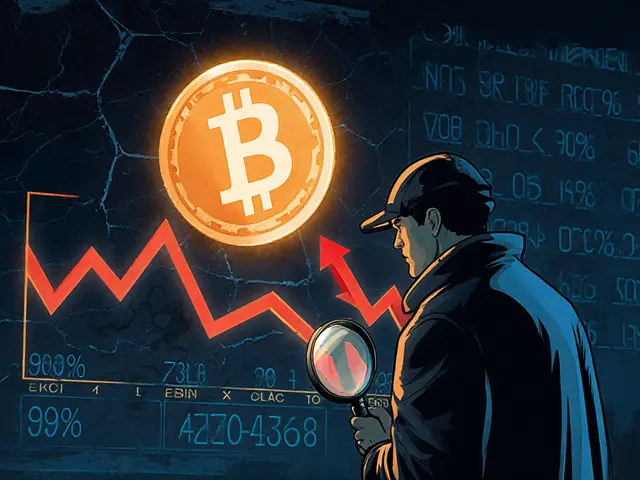
People Comments
I sometimes wonder why anyone would trust a token that lives in two universes at once. The whole Ratscoin saga feels like a quantum experiment gone wrong, with investors slipping through the cracks of Bitcoin and Ethereum. If you don't double‑check the contract address, you might end up buying the wrong RATS and watching your wallet evaporate. The naming clash is a clever trap, designed by those who profit from confusion. In the end, it's a reminder that meme hype can mask serious engineering flaws.